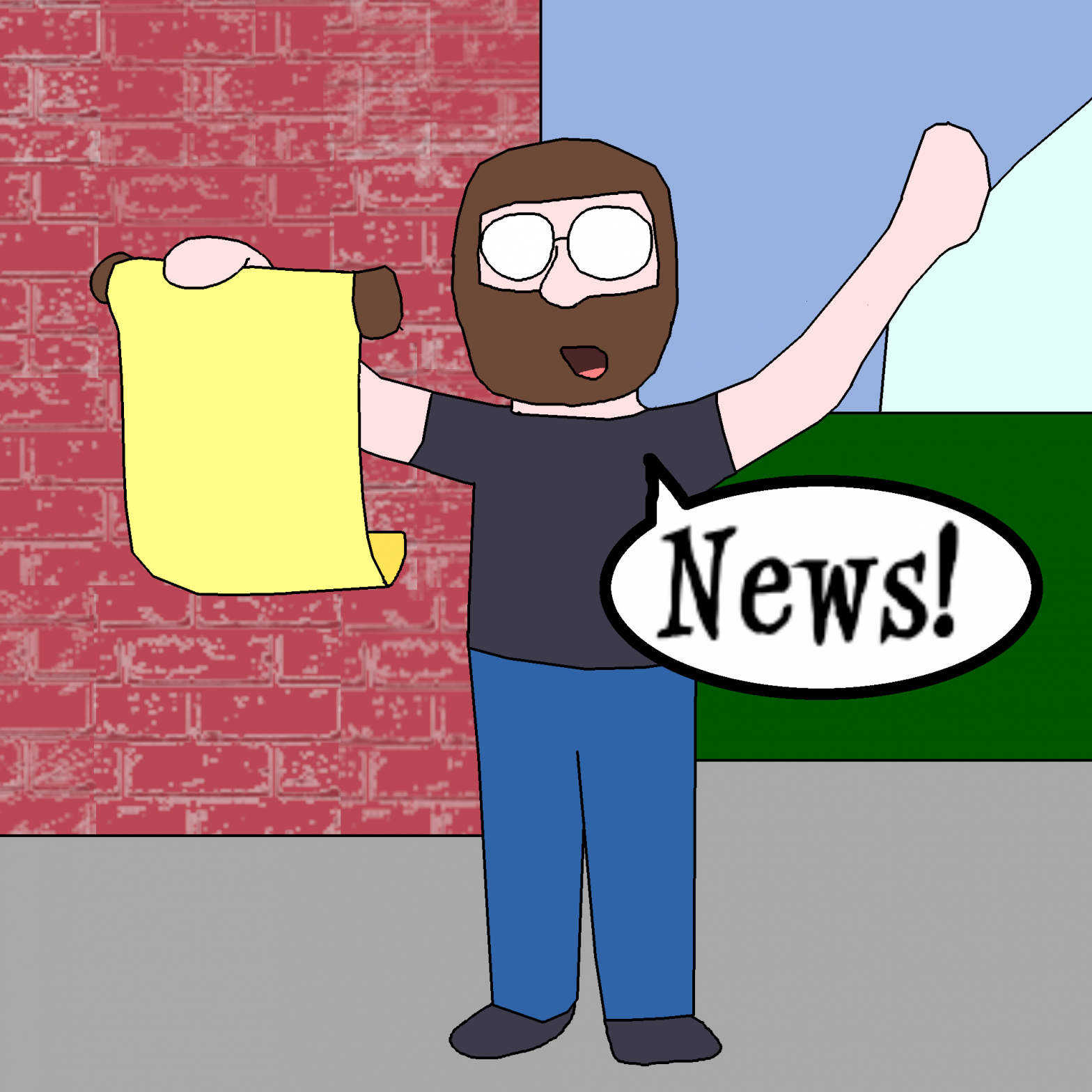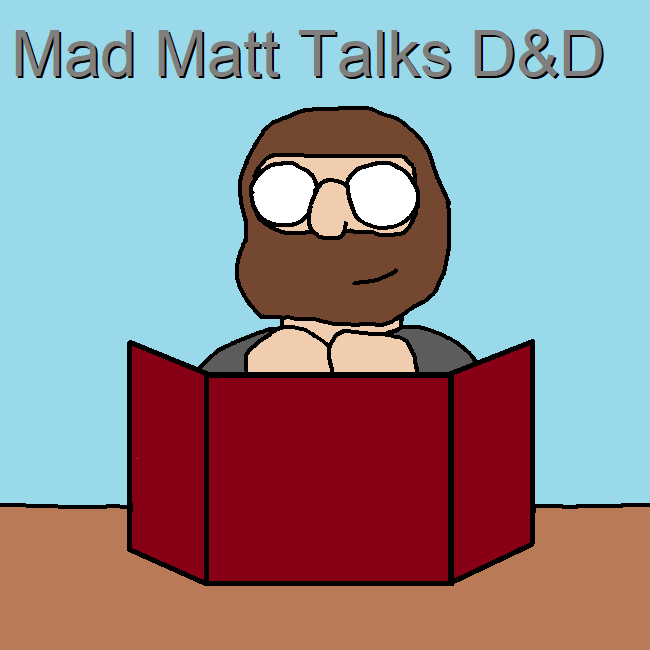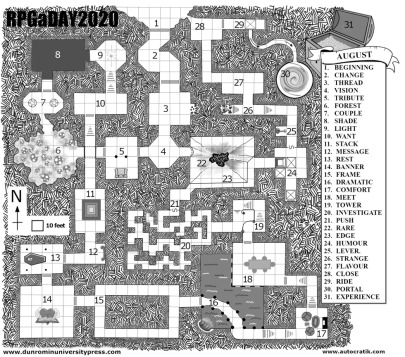This week for my Geology class, we were tasked with finding a mineral, and describe how we identified it. Continue reading “Geol111: Geo Journal Week 02 – Is it a mineral?”
Geol111: Geo Journal Week 01
I feel like this week, I am doing this journal a disservice. Colorado has plenty of Geology around it, but by the time I got around to writing this, it was already dark and I was unable to take some pictures of my own. Poor planning strikes again.
The Sab-Matt-ical begins
To make a long story short, I’ve quit my job. Continue reading “The Sab-Matt-ical begins”
Courting the Frost Maiden 3: Actual Play Sesion
I ran another session of Icewind Dale. I had 1 of my previous 5 gone, and had another 4 to take their place. Continue reading “Courting the Frost Maiden 3: Actual Play Sesion”
Courting the Frost Maiden 2: Actual Play Session
So on Wednesday, I ran my first actual live session of Rime of the Frost Maiden. Continue reading “Courting the Frost Maiden 2: Actual Play Session”
Courting the Frost Maiden
I’ve fallen in love with the new WotC adventure.
Quest RPG Review
Nearly four years ago, when I moved to Colorado, I started a game of D&D for my family. When helping my sister (17yo) build a character, she asked “Can I play a Leaf Princess?” I did not have a good answer for her, so I said “D&D says no.” (well, it actually says ‘not without a bit of hard work, are you sure can’t just play an elf?’) “Why not?” was her follow up question, and I did not have a good answer at that time for that one either. My answers now include rambling about Verisimilitude and Mechanics, about the history of the forgotten realms, and, most importantly “Quest says yes.”
RPG a Day 2020: Day 4 Vision
Man, I hate Vision in D&D. Other RPGs don’t talk about it as much, or maybe I just don’t play them as much, but I hate going to describe something as being dark, and then I remember “Oh, yeah, darkvision.” I hate how there aren’t rules for trying to sneak through caves with torches or light spells. The rules about lighting are one way, there’s some things about disadvantaging players with their perception checks, but there isn’t clarification on what constitutes being able to see, what not being able to see color means for noticing things, idk.
How far characters can see is another one. I’m running a campaign as dragons and knowing how far they can see is important. I did, as I was typing this, find a Stack Overflow that answered this question (40 miles) while trying to research another one. (At 10,000 feet, each hour travelled counts as 2)
But even those numbers don’t help. How far away can you see a dragon? How about a coin?
The real problem is that these things, these ideas of Vision are not version specific. Having a bright light as you creep around a cave should ruin your stealth in ANY game. The Verisimilitude of the world doesn’t change, just the gameplay and mechanics. But Story can stand on Verisimilitude’s shoulders, just as easily.
Maybe I should write a book, the definitive guide on how light works in RPGs. Talk about spells, talk about torches and lanterns and Darkvison. Build pseudo-rules for adapting your eyes to the darkness, things like that.
Buuuutttt…. That sounds like a lot of work that I don’t really want to do, for no reward. So I’d have to have people clamoring for such a document.
The comment box is below…
RPG a Day 2020: Day 3 Thread
I start a lot of campaigns the same way, because I love the village of Nightstone. Continue reading “RPG a Day 2020: Day 3 Thread”
RPG a Day 2020: Day 2 Change
I am an advocate of Change in RPGs. I clamor for the new, if it’s not just trying to make a buck. I love seeing new rules, new ways to play, new options. And my joy at new things moves into one of my solid unwritten house rules: I am okay with you changing your character. Continue reading “RPG a Day 2020: Day 2 Change”


